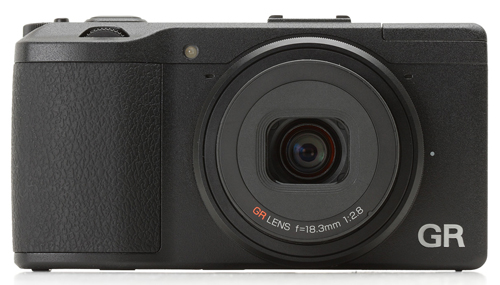High Quality Images in a Small Package
From the bigger doesn’t necessarily mean better file
For years I’ve been complaining (mostly to myself) about the image quality in compact cameras, wondering if the manufacturer’s would finally add a larger sensor so us aging photographers could travel light and still capture high quality images. In 2012/2013, the search for higher quality images in a small compact camera has finally ended happily though relatively expensively.
Nikon released the Coolpix A, a small format camera with a fixed 28mm lens using the same 16 megapixel APS sized sensor from their D7000 DSLR. Realizing that it would probably be Nikon’s only 28mm lens high quality compact, I picked one up when it was released. It actually paid for itself in the dozen or so booth pictures I shot at Ann Arbor last year. Yes, I find 28mm to be the perfect lens for shooting booth pictures, If the camera is set up on a tripod and you take the time to compose properly and be careful not to distort the perspective by tilting the camera, it works really well, especially in a tight situation.
Besides the Coolpix A, Ricoh released the 16 megapixel GR with a fixed 28mm lens, Fuji released the 16 megapixel X100S update to their X100 with a fixed 35mm lens, and Sony released the RX1 full frame 24 megapixel compact digital camera with a fixed 35mm lens. Yes, high quality images come at more than just a monetary price. In order to keep the camera small and desirable, they don’t have zoom lenses. So only you can decide if a fixed focal length, and it’s limitations, fits your style of shooting.
Expensive but worth it if you’re a photographer
At the time I’m writing this, the Sony is $2800, the Nikon Coolpix A is $1100, the Fuji X100s is $1300 and the Ricoh GR has now been reduced to $650 and seems to be a bargain.
A final note on these cameras. They are not the kind of camera you would purchase for photographing your artwork. For that I still recommend a DSLR with macro lens on a tripod and set the camera on manual exposure and manual focus.
Auto settings have also been significantly improved. In the better cameras, you can choose the range of ISO that Auto ISO chooses from. And in some cameras you can choose the minimum shutter speed to prevent blurry images from camera movement. Besides owning the Coolpix A, I recently purchased the Fuji X100S. The X100S has made me realize how much I loved photography before I started earning a living from it.






